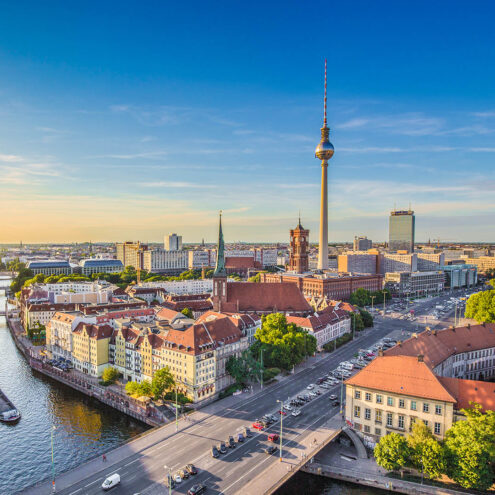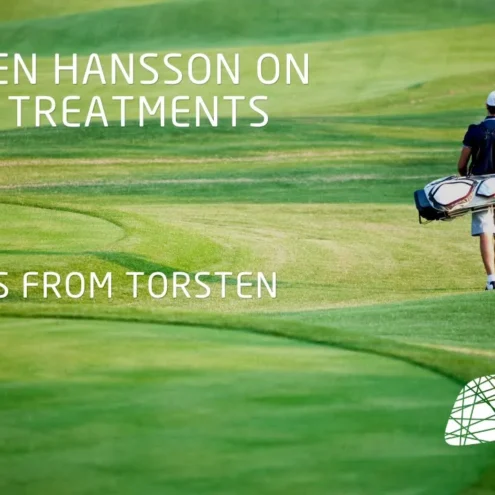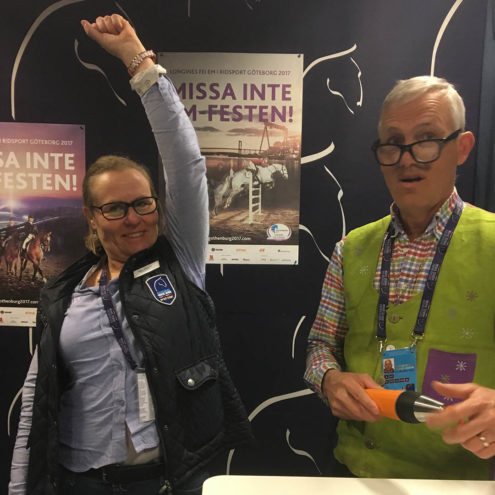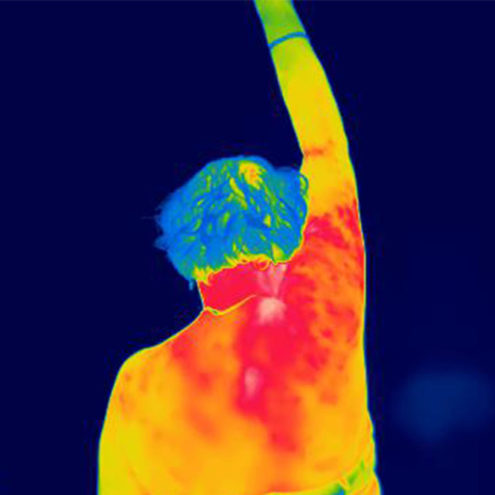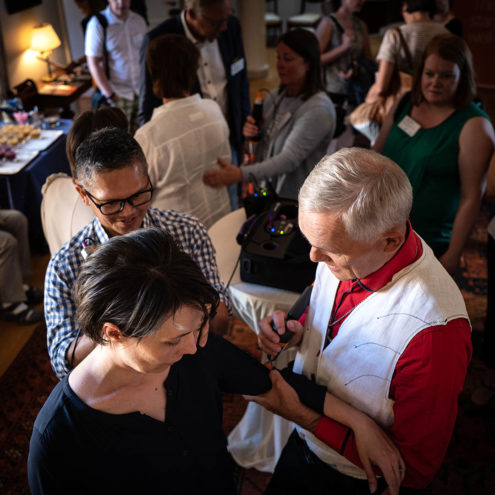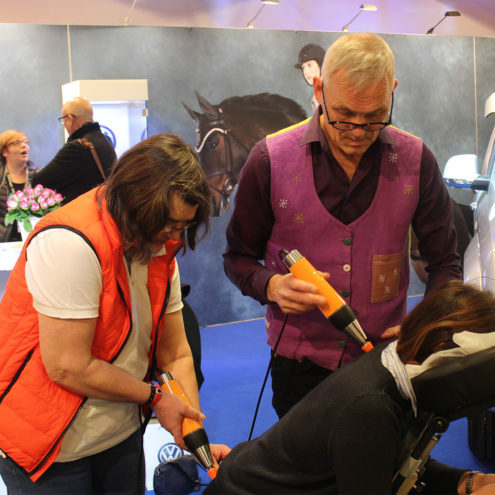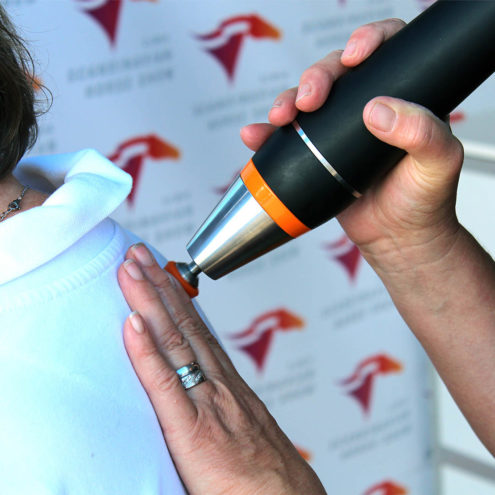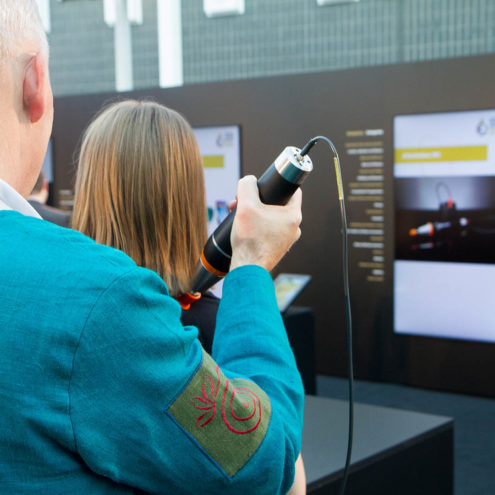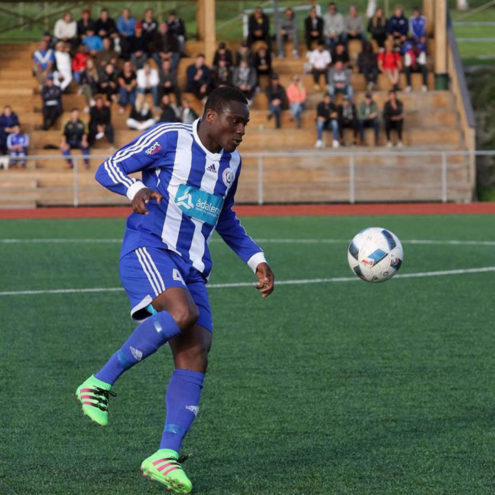Knee Pain After Running: Causes and Relief

Knee pain after running can occur in both beginners and experienced runners. There are several potential causes of the pain, and it is important to understand what may be behind it in order to find the right treatment and prevent future problems. In this article, we will examine the most common causes of knee pain after running, describe the symptoms and give advice on how to get relief.
Why do my knees hurt after running?
Knee pain after running can be caused by a variety of factors. To effectively treat and prevent the pain, it is important to identify the underlying cause.
Overload of the knee joint and surrounding structures
One of the most common causes of knee pain after running is overuse. This occurs when the knee joint and surrounding structures – such as ligaments, tendons and muscles – are subjected to more stress than they can handle. Overloading can be caused by increasing the running distance or intensity too quickly without giving the body enough time to adapt. It can also be caused by running on hard or uneven surfaces that create extra stress on the knees.
Incorrect running technique or shoes that don’t fit properly
Another common cause of knee pain is incorrect running technique or the use of shoes that do not fit properly. Running techniques that cause excessive pronation or supination of the ankle can lead to imbalance and undue stress on the knee joint. Running shoes that do not provide enough support or are worn out can also exacerbate the problem.
Underlying knee problems such as runner’s knee or iliotibial band syndrome
Knee pain after running can also result from specific medical conditions. Two common conditions are runner’s knee (iliotibial band syndrome/ITBS) and patellofemoral pain syndrome. Patellofemoral pain syndrome occurs when the kneecap changes its trajectory, causing the cartilage underneath to become irritated. This can lead to pain in front of or around the kneecap. ITBS is caused by inflammation of the iliotibial band, a thick fibrous structure that runs along the outside of the leg, from the hip to the knee. Inflammation of this structure leads to pain on the outside of the knee.
Symptoms of knee pain after running
The symptoms of knee pain can vary depending on the cause, but there are some common signs to look out for.
Pain at the knee joint during or after running
A clear symptom that something is wrong is pain at the knee joint during or after running. The pain can be sharp and stabbing or more nagging and persistent. It can occur immediately after you start running or only after you have stopped.
Swelling or tenderness around the knees
Swelling and tenderness around the knees are also common symptoms. The swelling may be a sign of inflammation of the knee joint or surrounding tissues. Soreness can occur when pressure is applied to specific areas around the knee, which may indicate the location of the problem.
Increasing pain when straining or moving
Pain that increases with strain or movement of the knee joint is also a common problem. This may indicate that the joint or the surrounding structures are inflamed or damaged.
How can we help you with knee pain after running?
At Fascia Clinics, we take a holistic approach to treating the knee joint. Our team of therapists use fascia therapy, a type of wellness treatment to relieve tension and pain in the body. The fascia is the network of connective tissue that binds and permeates everything in our body. All cells, tissues (even bone), muscles and organs contain fascia.
Fascia treatment focuses on releasing tension and adhesions in the fascia and increasing its flow. By reducing pressure and increasing circulation, cell membranes can more easily absorb nutrients and release waste products. In this way, fascia treatment can promote the body’s own healing. The treatment is pleasantly relaxing and painless. It gets the whole body flowing and helps you balance your posture so that the body is evenly loaded.
During a visit, we analyze the whole body to see where compensations and imbalances are and how they have spread. If there is an imbalance in the body, there is a risk that it will spread and affect other structures such as muscles and joints. That’s why it’s very important to seek help quickly as soon as you notice any symptoms.
Fascia treatment for knee problems involves balancing the body to make the load on the knees more even. A more even load will reduce the wear and tear on the muscles and other structures of the legs. This can reduce the risk of further injury and increase the body’s recovery.
In the meantime, it is very important to follow the recommendations of your healthcare professional while you are undergoing fascia treatment in order to return to your activities as soon as possible.
 Search
Search




